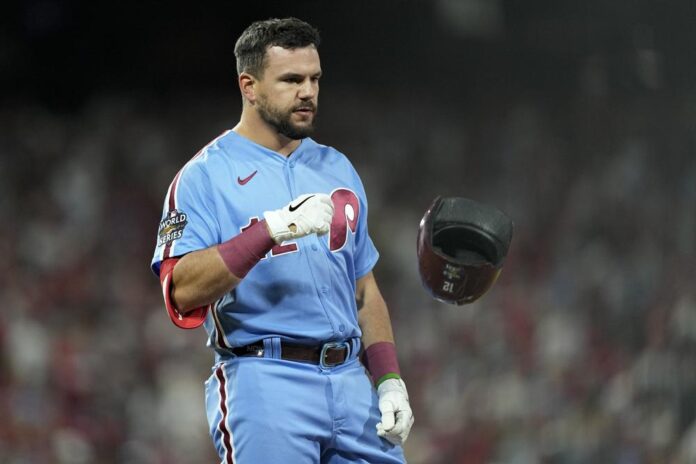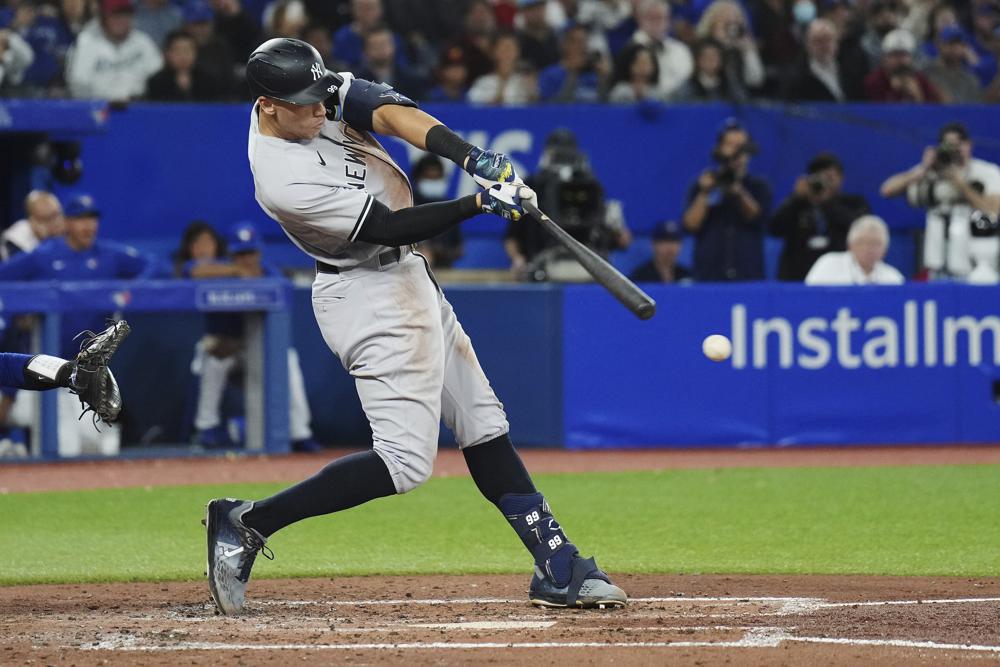
The AMS says yes.
There is an old baseball adage. Bats heat up when the weather heats up. That may be true although Willie Mays and Willie McCovey’s bats did heat up in the 1960s despite playing at the coldest field in Major League Baseball, San Francisco’s Candlestick Park. The Bulletin of the American Meteorological Society took a look at why home run rates have risen since 1980 and has come up with a conclusion. It has nothing to do with rotten pitching, the alleged use of steroids in the 1980s and 1990s into the 21st century or smaller ballparks or a juiced up baseball. Nope, none of that. Instead blame it on global warming.
The AMS’s journal has a simple explanation. “We show that global warming has increased home runs in baseball by reducing gametime air density.” The study gets into the nitty gritty of the pitcher versus batter battle and the batter is prospering with the climate change and global warming. The study analyzed more than 100,000 games played between 1962 and 2019. A deeper analysis of recent data provided by Statcast, the system of high-speed cameras installed in MLB stadiums that track data on every fly ball, allowed the researchers to effectively control for the skill of the batter and hitter. Comparing balls leaving the bat at the same angle and speed on a warm day versus a cold day in outdoor ballparks, the Statcast analysis found that between 2015 and 2019, a 1℃ increase in temperature yielded an increase of 1.7% in home runs per game. “Just from ballistics, we know there’s going to be less drag on the baseball on a warm day,” climate scientist and Dartmouth geography professor Justin Mankin, senior author on the study explained. “There’s a really good physical relationship at work here.” It’s global warming, not a bad pitcher.
Evan Weiner’s books are available at iTunes – https://books.apple.com/us/author/evan-weiner/id595575191
Evan can be reached at evan_weiner@hotmail.com







